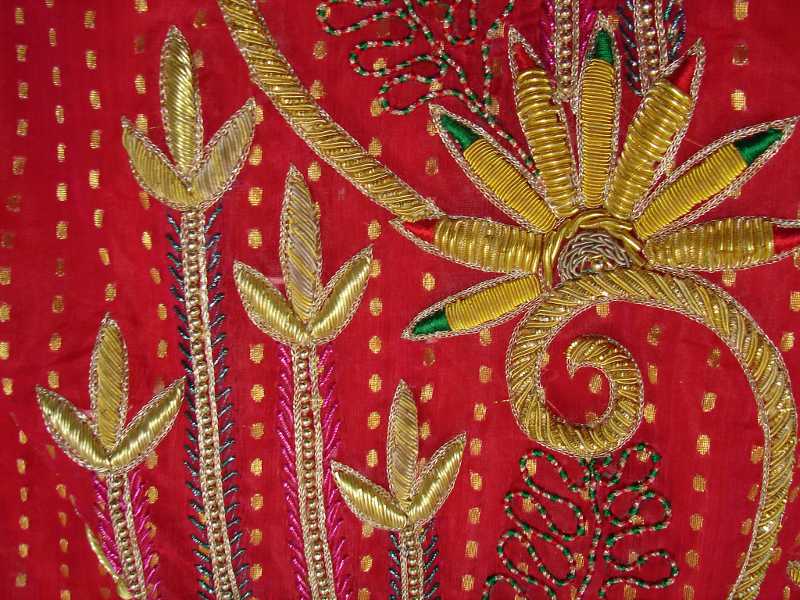===
0297,
2
===

=== |
 |
dast-kaarii : 'Manufacture, handicraft; art, trade; operation (in surgery); dexterity'. (Platts p.516)
FWP:
SETS == WORDPLAY
MOTIFS
NAMES
TERMS == METAPHORThe imagery isn't exactly appealing, but it doesn't really rise (fall?) to the level of what I would call true grotesquerie. No doubt that's because the real heart of the verse is the excellently multivalent use of dast-kaariyaa;N . Compare the similar effects (esthetic claims made for bloody wounds) in
{297,4}.